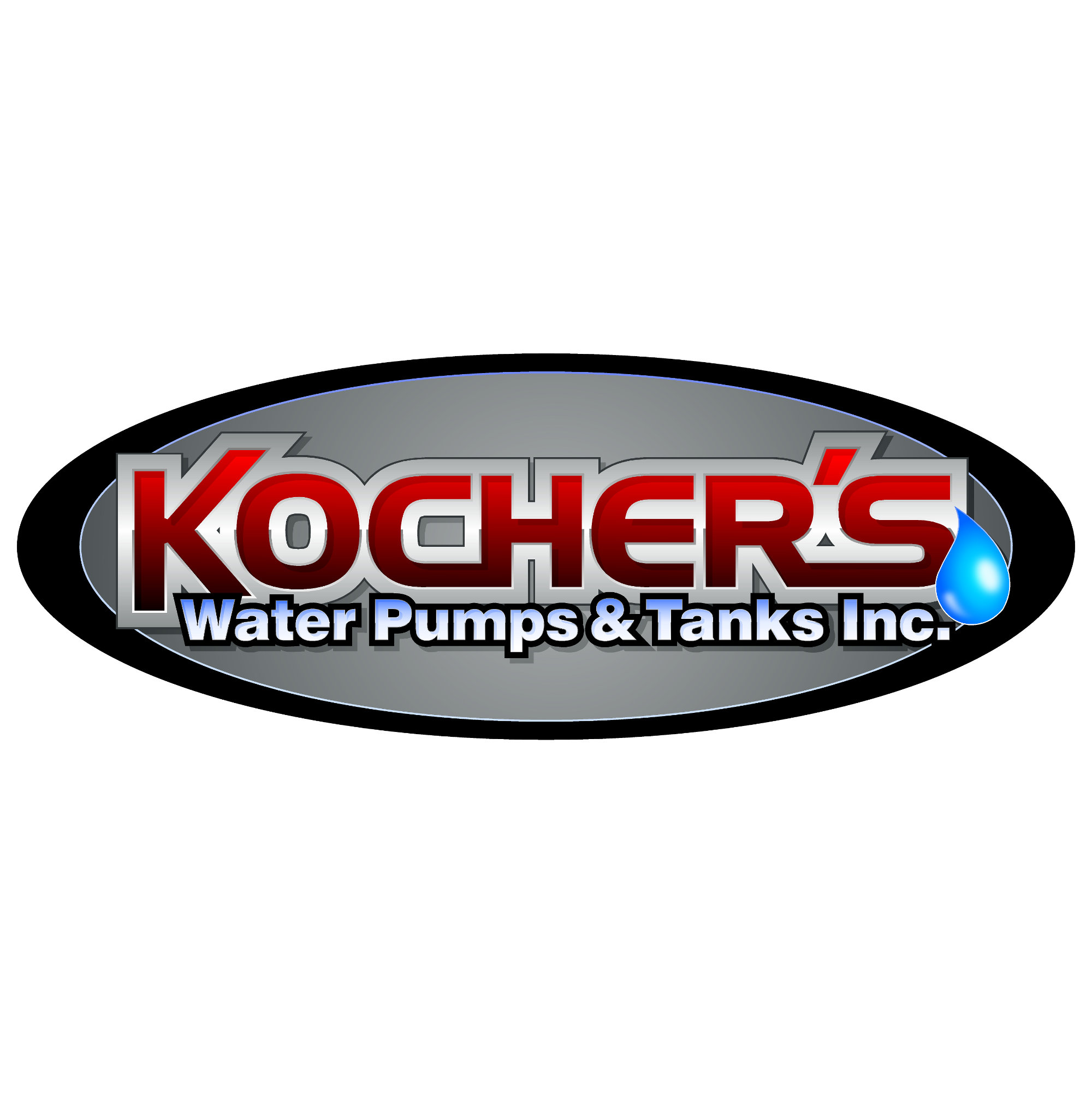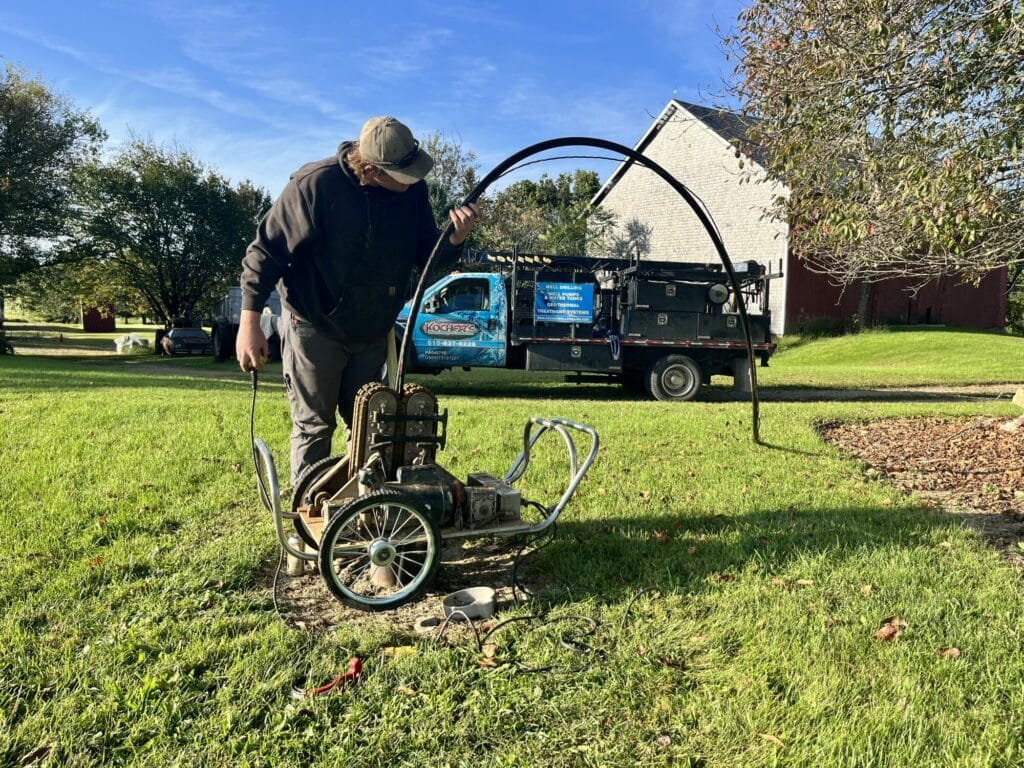Treatment Systems
We Treat Issues Like These:
Hardness: Hardness in natural water supplies varies from 1 to 2 gpg (grains per gallon) to several hundred gpg in certain sections of the country. Almost everyone is familiar with the problems caused by water hardness, such as the reactions with soap and synthetic detergents and hard water scale. Hardness is most efficently removed from household water supplies by water softeners utilizing the ion exchange process. In this process, hardness is absorbed by an ion exchange material and a chemically equivalent amount of sodium is released into the water. When the supply of sodium in the exchanger is exhausted, it is restored by flushing a strong salt solution through the tank. After the salt and the hardness are rinsed down the drain with fresh water, the softener is ready for another softening cycle. The ion exchanger is not consumed by this process, but can be used over and over again.
Iron: In some respects, iron in water supply is a worse problem than hardness, because such small amounts cause such severe staining. As little as 0.30 ppm can cause brown stains on plumbing fixtures and clothing. Most water supplies have iron concentration in the 0.0 to 15.0 ppm range, but higher iron levels are common. Iron may be present in water in separate or combined forms. A water supply containing soluble iron (ferrous bicarbonate) may be perfectly clear when it is drawn from a household tap, but after the water has been exposed to the air for several minutes, the well known reddish brown sediment will appear. It is this insoluble iron (ferric hydroxide) that causes the troublesome stains.
pH: pH is the measurement of hydrogen iron activity in the water supply. The pH scale ranges from 0 – 14, with 7 being neutral. Any pH below 6.9 has corrosive tendencies and can deteriorate plumbing fixtures. A pH reading above 7.0 is basic and is typically non-corrosive. A pH correction is accomplished with a neutralizer using calcite and/or NS-mix when dealing with a pH within a 5.7 to 6.9 range. When correcting a pH below 5.6 an 030 chemical feed pump, injecting a soda ash solution, must be used.
Manganese: Manganese in water is not as widespread as iron but creates severe black staining at 0.05 ppm. Manganese treatment equipment is identical to iron. Soluble manganese is treated with water softening when dealing with concentrations less than 1.0 ppm. If insoluble manganese is present, we recommend filtration by water softening
Turbidity: Turbidity, or cloudiness in the water, is due to very small solid particles which tend to float because of their low weight. In some cases, turbidity will settle out if the water is allowed to stand for a period of time. Contaminants, such as insoluble iron, insoluble manganese and sand are detected by turbidity test. Turbidity readings are displayed as ntu, nephelometric turbidity units.
Hydrogen Sulfide: Hydrogen sulfide is a gas which gives water a “rotten egg” odor. This gas increases the corrosive astivity of the water when found in high concentrations.
Nitrate: Nitrates may be introduced to water through geological formations or by animal and/or human waste. Nitrate has been known to cause the condition known as “blue babies”. The nitrate can interfere with the oxygen carrying capacity of the blood of very young children. Pregnant women and young children should not consume water containing high levels of nitrate. The maximum allowable limit for Nitrate (N) is 10.0 ppm.
Helpful Links:
www.marlo-inc.com | www.masterwater.com | www.wellowner.org | www.aquat.com
We service all makes and models of treatment systems Salt and K life Potassium [sodium free] sales and delivery.





